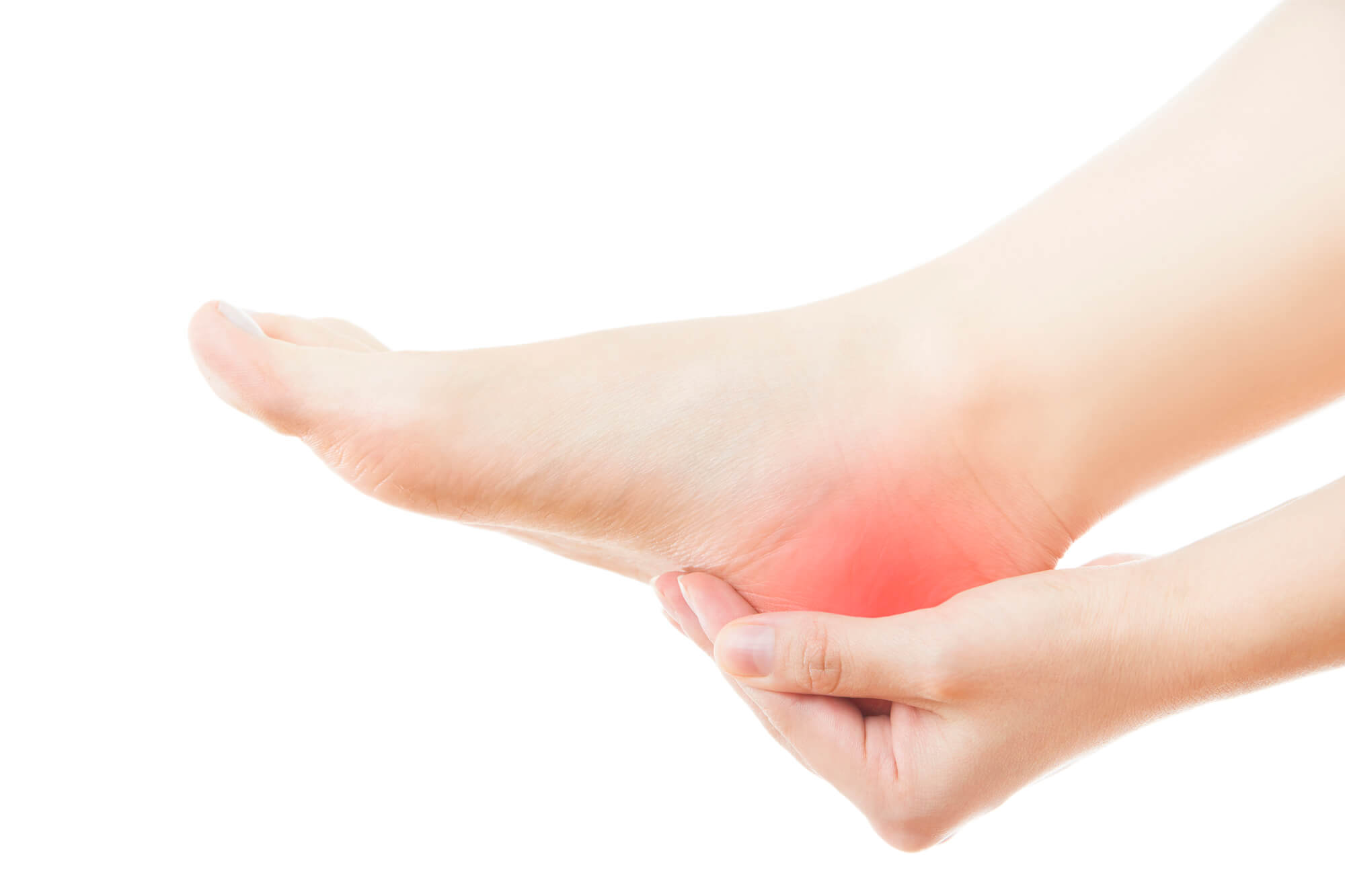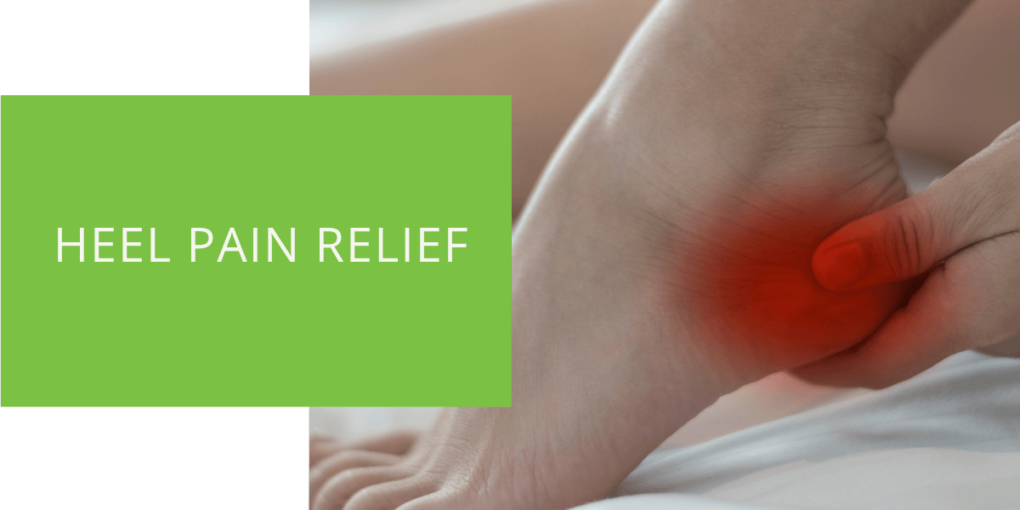Heel Pain Relief
Heel pain can be an excruciating and frustrating experience that can hinder your daily activities and overall quality of life. In this comprehensive article, we will explore the intricacies of heel pain, including its various causes, with a particular focus on the notorious culprit, plantar fasciitis. We will provide you with detailed insights into effective remedies and comprehensive preventive measures, enabling you to regain your mobility and comfort. Say goodbye to persistent heel pain as we guide you through a treasure trove of home remedies, expert advice, and the transformative potential of orthotics in improving your foot and ankle health.
Key Takeaways
- Understanding the root causes of heel pain, such as plantar fasciitis and overuse, is crucial for effective relief and prevention.
- Home remedies, including gentle stretches, proper footwear, and rest, play a significant role in managing heel pain, while orthotic inserts can provide lasting comfort.
- Preventing heel pain involves a daily foot care routine, strengthening exercises, suitable footwear, and seeking expert advice from a podiatrist to maintain long-term foot health.
Understanding Heel Pain
Heel pain can be caused by various factors. One of the main culprits is plantar fasciitis, which is caused by inflammation of the plantar fascia. This is a strong band of tissue that links the heel bone to the toes and supports the arch of the foot. Strain or injury to the fascia can result in pain, especially when taking the first steps in the morning or after a long period of rest.
Common Causes of Heel Pain
Plantar Fasciitis: The Leading Culprit
Plantar fasciitis stands as the foremost cause of heel pain, afflicting millions worldwide. The pain typically manifests as a sharp, stabbing sensation in the bottom of your foot near the heel. It often results from overuse or repetitive strain on the plantar fascia, making it essential to understand its mechanics.
To comprehend the full scope of plantar fasciitis, let's delve deeper into how it develops. Imagine your plantar fascia as a sturdy band connecting your heel to your toes. When subjected to excessive stress and strain, tiny tears can form within this band as your body attempts to repair these micro-tears, inflammation sets in, leading to that characteristic pain. Moreover, in some cases, the condition can result in heel spurs and bony protrusions at the back of the heel.
Overuse and Strain on the Arch
Another common factor contributing to heel pain is the excessive strain and overuse of the arch of your foot. The arch is a natural shock absorber, but relentless stress can lead to pain and discomfort. Running, jumping, or standing for prolonged periods can trigger this type of heel pain.
Let's take a moment to understand the role of your arch in heel pain. The arch of your foot is designed to absorb shock and distribute the pressure evenly. However, when it's subjected to excessive strain, it can become fatigued and painful. This can happen due to repetitive activities like running or standing for extended durations, leading to overuse injuries in the arch.
Other Common Contributors to Heel Pain
Beyond plantar fasciitis and arch-related issues, heel pain can also be attributed to various factors, including Achilles tendonitis, heel fractures, and excessive strain on the calf muscles. Identifying the underlying cause of your heel pain is pivotal for tailored and effective treatment.
While plantar fasciitis and arch strain are common culprits, it's essential to recognize that heel pain can have various origins. For instance, Achilles tendonitis involves inflammation of the Achilles tendon, which can cause pain and swelling at the back of the heel. Additionally, heel fractures, though less common, can result from trauma or accidents, leading to acute pain. Understanding the root cause of your heel pain is the first step toward finding effective relief.

Finding Relief
The journey to heel pain relief combines insightful home remedies and professional guidance. Let's dive into these strategies to understand how they synergistically alleviate your discomfort.
Relief from heel pain often requires a multifaceted approach. It's not just about quick fixes; it's about addressing the underlying issues and providing lasting comfort. By incorporating a range of remedies and strategies, you can significantly improve your chances of finding relief and regaining your mobility.
Home Remedies for Heel Pain
Gentle Stretches for the Calf and Achilles Tendon
The power of gentle stretching exercises should not be underestimated. Incorporating daily stretches for your calf and Achilles tendon can significantly reduce tension in these areas, minimizing strain on your heel. Regularly performing these stretches enhances flexibility and plays a crucial role in providing relief.
Stretching exercises are an essential part of home-based heel pain management. When you stretch your calf and Achilles tendon, you're not just relieving immediate discomfort; you're also promoting better long-term flexibility and reducing the risk of future injuries. These exercises should be performed regularly, especially before and after activities that strain your feet.
Proper Footwear Choices
Choosing the right footwear is paramount when it comes to managing heel pain. Opt for shoes that offer substantial arch support and cushioning to alleviate pressure on the affected area. It's not just about comfort; it's about providing your feet with the support they need to heal.
Your choice of footwear can make a significant difference in your heel pain journey. Properly supportive shoes can help redistribute pressure across your feet, reducing the strain on your heel. Look for shoes with cushioned insoles and arch support to ensure maximum comfort and protection.
Rest and Ice: Immediate Pain Relief
In the throes of heel pain, remember the immediate relief found in the simple yet effective methods of rest and ice application. Allowing your body the time it needs to heal naturally is crucial. Meanwhile, applying ice helps reduce inflammation and offers welcome pain relief.
Rest is your body's natural way of healing. When you rest, you allow your tissues to recover and repair themselves. Ice, on the other hand, serves as a potent tool to manage inflammation. Applying ice to the affected area can constrict blood vessels, reducing blood flow and inflammation thereby providing relief from pain and swelling. Remember to use a cloth or towel as a barrier between the ice and your skin to prevent frostbite.
The Role of Orthotics in Heel Pain Management
Orthotic shoe inserts can be a game-changer for individuals with chronic heel pain. These purpose-designed devices provide comprehensive support to your arch and ensure that pressure is evenly distributed across your feet, reducing discomfort and preventing further strain on the plantar fascia.
Orthotics are customized or over-the-counter inserts that fit inside your shoes. They are designed to provide additional support and alignment to your feet. By using orthotics, you're not only addressing the symptoms of heel pain but also tackling the root cause by ensuring proper arch support. This can significantly improve your comfort and mobility.
Custom vs. Over-the-Counter Orthotics
While over-the-counter orthotics can provide some relief, custom orthotics take the concept of support to the next level. Crafted to your specific foot shape and gait, they offer unparalleled comfort and support. Consider custom orthotics as a valuable investment in your overall foot and ankle health.
Custom orthotics are created based on a detailed assessment of your feet, considering your unique biomechanics and gait. This personalized approach ensures that the orthotics provide optimal support and comfort, effectively addressing the specific issues contributing to your heel pain. While over-the-counter options can be helpful, custom orthotics are often more effective in providing long-term relief.

Preventing Heel Pain
Preventing heel pain is as crucial as finding relief. Adopting a series of straightforward yet effective habits can significantly reduce your risk of experiencing heel discomfort in the future.
It's not enough to find relief from heel pain; it's equally important to take proactive measures to prevent its recurrence. By understanding the factors that contribute to heel pain and implementing preventive strategies, you can enjoy lasting comfort and mobility.
Taking Care of Your Feet and Ankles
Daily Foot Care Routine
Incorporating a daily foot care routine into your life can work wonders in preserving your foot health. Simple practices like gentle washing, moisturizing, and regularly inspecting your feet can help identify and address potential issues before they escalate.
Your feet require consistent attention and care to stay healthy. A daily routine that includes gentle washing and moisturizing not only keeps your feet clean and comfortable but also allows you to detect any abnormalities or issues early on. Regular inspections can help you spot potential problems, such as skin conditions or injuries, and address them promptly.
Exercises to Strengthen the Foot and Ankle
Strengthening exercises are pivotal in enhancing the stability of your feet and ankles. These exercises specifically target the calf muscles and Achilles tendon, reducing the likelihood of overuse injuries and the associated pain.
Strengthening exercises for your feet and ankles are essential for building stability and resilience. They help improve the strength of the muscles and tendons that support your feet, reducing the risk of overuse injuries and chronic pain. These exercises can be easily incorporated into your daily routine and can make a significant difference in maintaining foot health.
Footwear Tips for Long-Term Heel Health
The significance of wearing the right footwear cannot be overstated. Steer clear of high heels and shoes that lack proper support. Instead, opt for footwear that prioritizes both comfort and arch support. This small yet essential change can have a lasting impact on your heel health.
Your choice of footwear plays a pivotal role in preventing heel pain. High heels and poorly supportive shoes can place excessive stress on your feet and contribute to developing conditions like plantar fasciitis. Choosing footwear that offers proper arch support, cushioning, and a comfortable fit can go a long way in maintaining the health of your feet and preventing future pain.
Expert Advice on Preventing Heel Pain
For personalized guidance on preventing heel pain, consult with a knowledgeable podiatrist. They possess the expertise to assess your unique foot structure and recommend tailored interventions to ensure your feet remain pain-free in the long run.
Seeking expert advice is a crucial step in heel pain prevention. A podiatrist is a foot and ankle health specialist and can provide personalized recommendations based on your specific needs. They can conduct assessments, analyze your gait, and offer insights into any underlying issues that might make you prone to heel pain. By following their guidance, you can proactively address potential risk factors and maintain the health of your feet.
Conclusion
Heel pain is an issue that can significantly disrupt your daily life. We, as podiatrists, have witnessed countless individuals find respite from their suffering and enhance their quality of life by implementing these strategies. Don't let heel pain hold you hostage any longer.
Regain your mobility, comfort, and peace of mind by taking action today. By thoroughly understanding the causes of heel pain, exploring effective remedies, and embracing comprehensive preventive measures, you can stride confidently toward a life free from persistent heel discomfort.
Bid farewell to that nagging pain and embrace a future where your feet are your allies rather than adversaries. The path to heel pain relief begins with knowledge and action. Schedule your appointment with our podiatry experts today and embark on a journey towards healthier, pain-free feet. Your transformation starts now.

